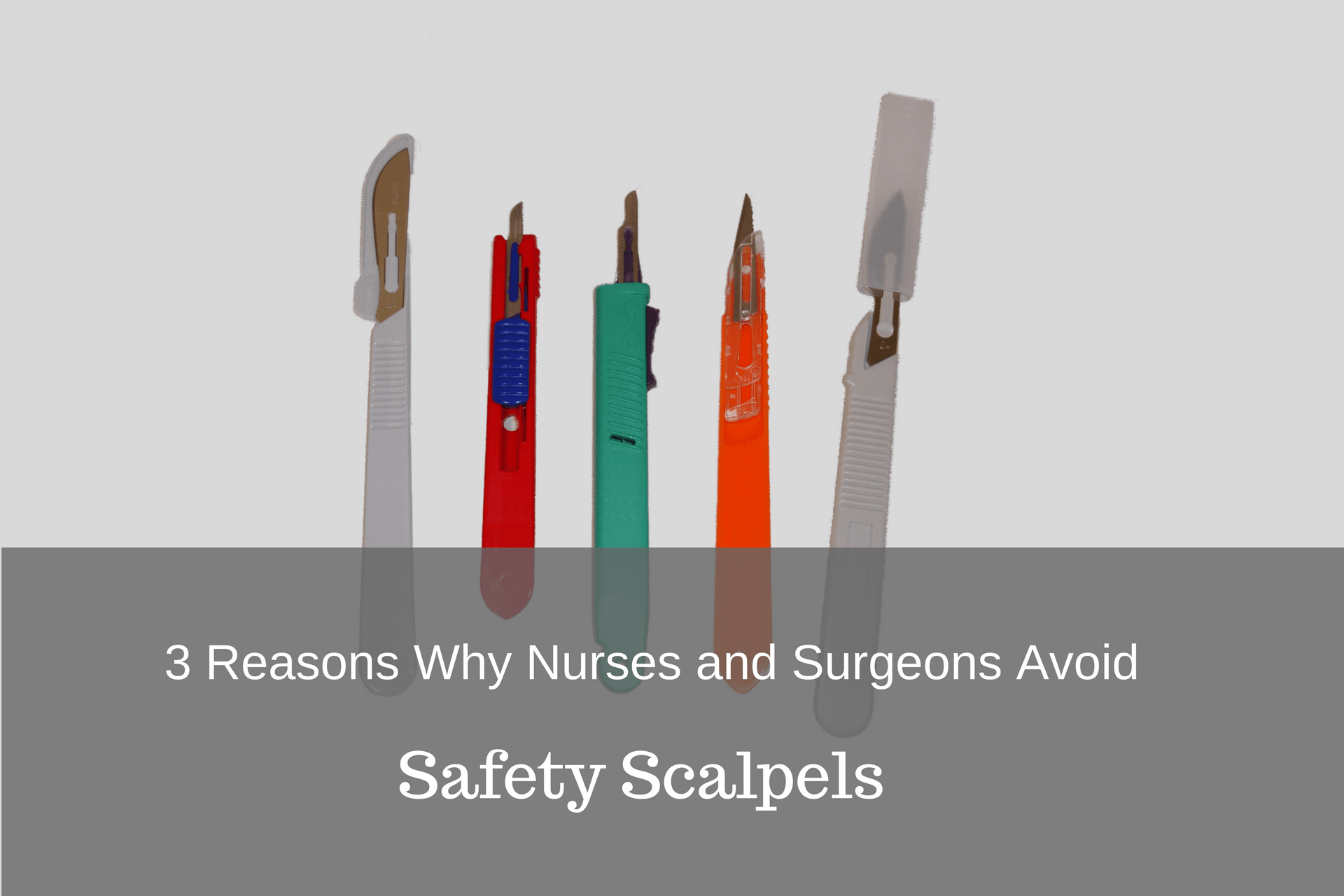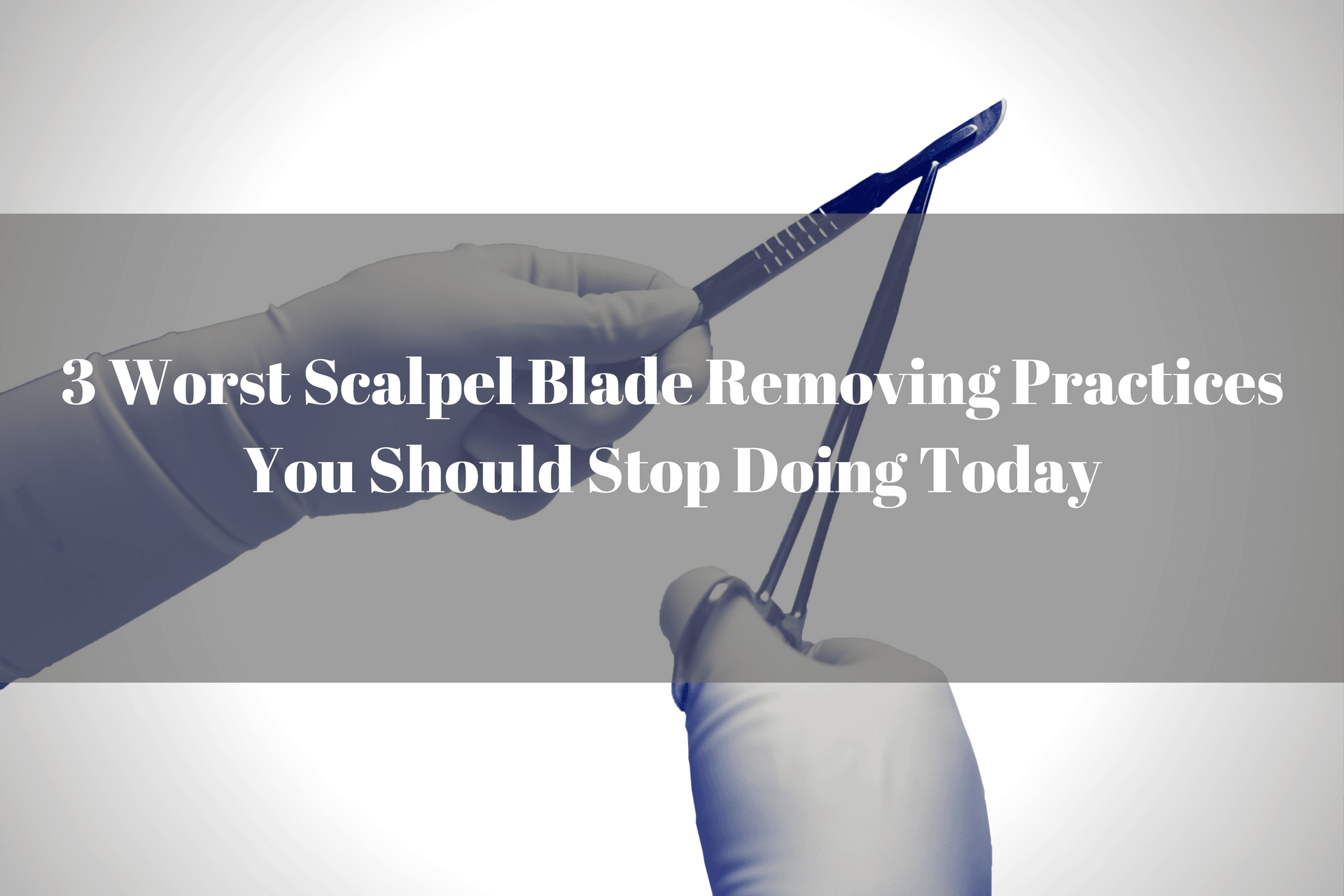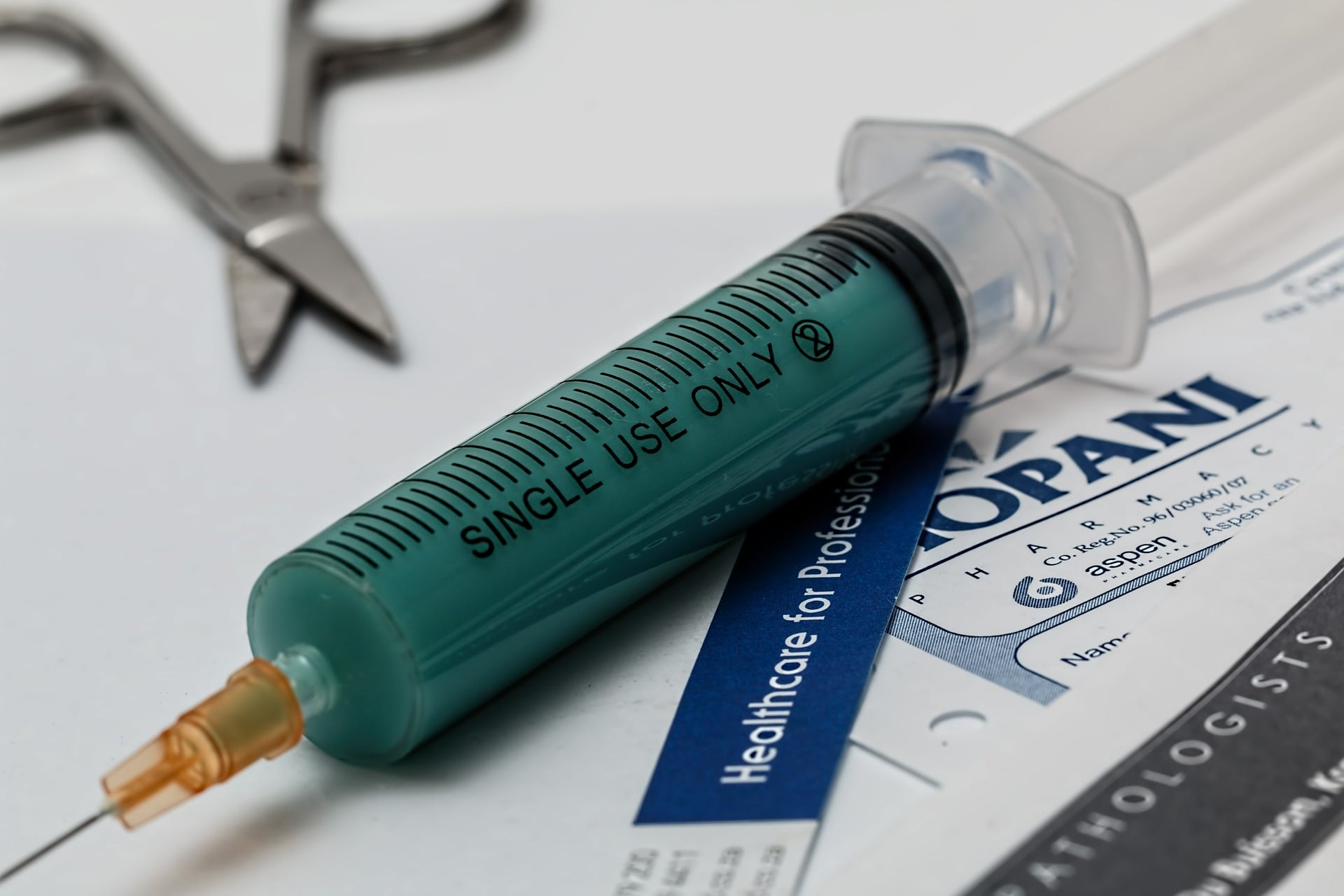As I travel around the USA giving talks on sharps safety, I am struck by the changes in perception on sharps injuries. Many of my CE seminar attendees comment that there is not only increased awareness of sharps safety, but also a willingness to be open about past injuries. Two years ago participants in the …

European Sharps Directive To Protect Healthcare Workers
Sharps directive is required to protect healthcare workers. In 2010, the European Council described sharps injuries as one of the most pertinent health and safety threats in European workplaces with an estimated 1 million injuries occurring each year. This startling number shows that sharps injuries in the healthcare industry are far more common than we …

Impact of Medication Errors on Patients, Healthcare Providers and Hospitals
While it could be the result of systemic issues or plain human error, medication errors can cause severe physical injury and possible death to patients. These preventable mistakes could also cause severe financial, psychological, and emotional stress to the healthcare provider and organisation. In this blog post, we look at some of the negative consequences …

Top 3 Reasons Why Nurses And Surgeons Avoid Safety Scalpels
During a recent visit to North America I had the opportunity to meet and talk with a large number of operating room nurses about their thoughts on safety scalpels. For some reason this slightly controversial topic seemed to elicit a range of amusing facial expressions. Delving a little deeper it became quite evident that the …

3 Worst Scalpel Blade Removing Practices You Should Stop Doing Today
A scalpel blade is an irreplaceable tool for healthcare professionals like surgeons, doctors, nurses and vets to perform procedures and surgery. Despite its high usage amongst the healthcare workers, not everyone knows the best practices in removing scalpel blades. You would most likely come across one of these 3 methods commonly used by healthcare workers …

Summary: Sharps Injury Regulation in the US, UK and Australia
Do you know that 5.6 million healthcare professionals are at risk of occupational exposure to blood borne pathogens annually, just in the United States alone? Bloodborne pathogens are germs that can cause long-term infections. The most common and dangerous germs you may be infected with are HIV, Hepatitis B Virus (HBV) and Hepatitis C Virus …


